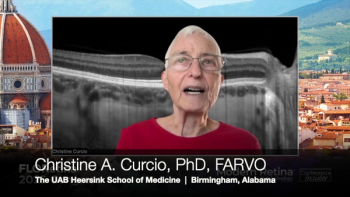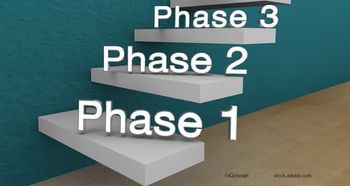
Light-adjustable lens surgery comes to the UK
Ophthalmic surgeon Bobby Qureshi is the first in the UK to implant light-adjustable lenses (LALs), which have the capacity to be altered after surgery to provide the best vision for each individual eye without glasses.
Ophthalmic surgeon Bobby Qureshi is the first in the UK to implant light-adjustable lenses (LALs), which have the capacity to be altered after surgery to provide the best vision for each individual eye without glasses.
What makes the LAL different is the incorporation of unique materials called 'macromers' which were developed by Calhoun Vision Inc in the USA led by a team of Nobel Prize winning scientists. The macromers are designed to be sensitive to harmless ultraviolet light of a specific wavelength. When this light is shone into the eye the macromers link together in a very controlled and specific way called photopolymerisation.
After implantation of the lens the patient's vision is evaluated when the eye has healed, typically at about 2 weeks. Any adjustment required to perfect the vision is carried out at this time with the patient seated comfortably at the digital light delivery device, a machine designed to deliver the exact dose and profile of light onto the LAL to correct any residual errors.
Light adjustability of the lens is based on the principles of photochemistry and diffusion whereby components incorporated into the lens matrix are photopolymerised on exposure to the UV light.
This means that the light affects the macromers to cause very specific swelling or thinning of the lens implant changing the focus to give the patient the best vision possible for their eye. The process takes less than 2 minutes and can be repeated for further adjustment if required. Once the desired prescription is achieved further UV light is passed through the lens to 'fix' it in position to make the adjustment permanent.
Commenting on the technique, Qureshi told the BBC: The beauty about the lens is that from the start it was designed so the shape of the lens could be changed from the outside by using light from a particular wavelength, he said.
By changing the shape you can change the focus so you can change long-sightedness, short-sightedness and astigmatism (blurring).
Unlike a conventional lens you can almost guarantee 20/20 vision because you can change and make sure you have corrected any problems.
Newsletter
Get the essential updates shaping the future of pharma manufacturing and compliance—subscribe today to Pharmaceutical Technology and never miss a breakthrough.










































